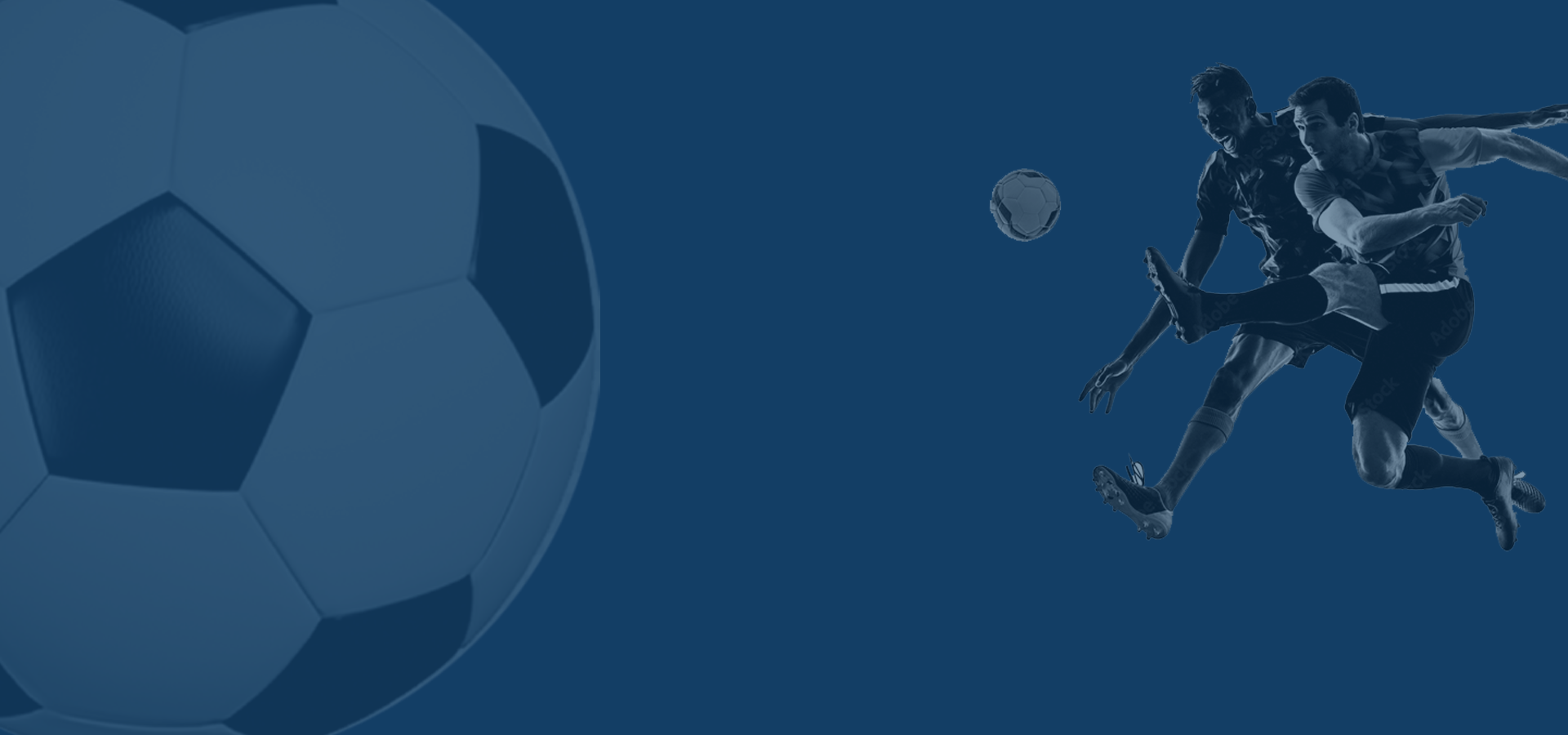Dealing With Corked Muscles
A cork or as it is more formerly known a muscle contusion is a common occurrence in many sports, especially contact sports such as football, rugby and basketball.
 Contusions occur when a direct blow or repeated blows from a blunt object strike part of the body, or from a fall onto a hard surface. When this happens underlying muscle fibres and connective tissue are crushed without breaking the skin. This causes the local accumulation of blood known as a haematoma. The most common place for a contusion is the thigh.
Contusions occur when a direct blow or repeated blows from a blunt object strike part of the body, or from a fall onto a hard surface. When this happens underlying muscle fibres and connective tissue are crushed without breaking the skin. This causes the local accumulation of blood known as a haematoma. The most common place for a contusion is the thigh.
Most contusions are minor and heal quickly without you needing to be removed from the game. However, severe contusions can cause deep tissue damage and can lead to complications and/or keep you out of sports for months. Early treatment of a muscle contusion can help to speed recovery and minimize the symptoms.
 Symptoms
Symptoms
- Swelling due to pooling of blood within damaged tissue, forming a lump over the injury.
- Bruising.
- Pain and stiffness with movement as well as decreased range of motion of the associated joints.
- Muscle weakness due to pain.
- Tenderness to touch.
- In severe cases, swelling and bleeding beneath the skin may cause shock.
- Contusions to the abdomen may damage internal organs
Severity of a Contusion
Contusions can very from quite mild to severe, in the case of the thigh contusion:
- Mild thigh contusions have little effect on knee range of motion.
- Moderate thigh contusions restrict knee range of motion to between 45-90°.
- Severe thigh contusions restrict knee range significantly to less than 45° of motion.
Moderate to severe contusions should seek medical advice.
Acute Management
It is vitally important that treatment of a muscle contusion starts immediately following injury. The most important phase for treatment is the first 48 hours post-injury. Early management will have you back on the field faster. Suggestions for immediate treatment of a corked muscle include:
 Stop your activity.
Stop your activity.- Rest the injured leg.
- Use icepacks every two hours, applied for 15 minutes.
- Bandage the corked muscle firmly with an elasticized bandage.
- Elevate the injured limb above heart height whenever possible.
- Avoid exercise, heat, alcohol and massage in the first 48 hours, as these can all exacerbate swelling.
Professional Help
If the pain from a muscle contusion that you are managing yourself has not improved after a day or so, or it is a more moderate to severe contusion, it is best to seek medical advice and consult with a physiotherapist at Jubilee Sports Physiotherapy to get an accurate diagnosis of the injury and suggest the most appropriate treatment plan.
Physiotherapy Provides Rehabilitation and Support
Physiotherapy treatment will depend upon the severity of the injury. The success rate of treatment is largely dictated by patient compliance. Treatments may include:
- Hands on therapy for damaged tissues. Soft tissue therapy is excellent for reducing inappropriate scar adhesions while promoting faster healing conditions.
- Rehabilitation and strengthening exercises are used to rebuild the strength of the injured muscle in order to prevent re-injury.
- A stretching program can be started as soon as the pain and swelling subsides to encourage full range of pain-free movement.
- A speed, agility and power program that prepares you for your sport is the best chance to ensure a successful outcome and full return to your pre-injury status.
- Provide mobility aids such as crutches during the early stage of recovery.
Complications
Depending upon the extent of your injuries, returning to your normal sports activity may take several weeks or longer. If you put too much stress on the injured area before it has healed enough, excessive scar tissue may develop and cause more problems/ complications.
Myositis Ossifcans is a relatively common complication following a muscle contusion. It occurs when a severe contusion is rehabilitated too quickly and you return to sport too early. This is a condition in which the bruised muscle grows bone instead of new muscle cells. Myositis ossificans should be suspected if your contusion does not resolve in the normal time frame of 1-2 weeks.
Symptoms of myositis ossificans may include mild to severe pain that does not go away and swelling at the injury site. There will also be hardening of the muscle on palpation. Abnormal bone formations can also reduce your flexibility and range of motion.
If you suspect you have myositis ossificans it is recommended you consult one of the physiotherapists at Jubilee Sports Physiotherapy to guide you in your rehabilitation.
If there are any further questions regarding this topic or areas of interest you would like covered in future editorials please contact either a Jubilee Sports Physiotherapy clinic or email office@jubileesportsphysio.com.au.
This information is provided to Sutherland Shire Football Association by Jubilee Sports Physiotherapy as part of its commitment to Shire football and the SSFA.



No Comments
Sorry, the comment form is closed at this time.